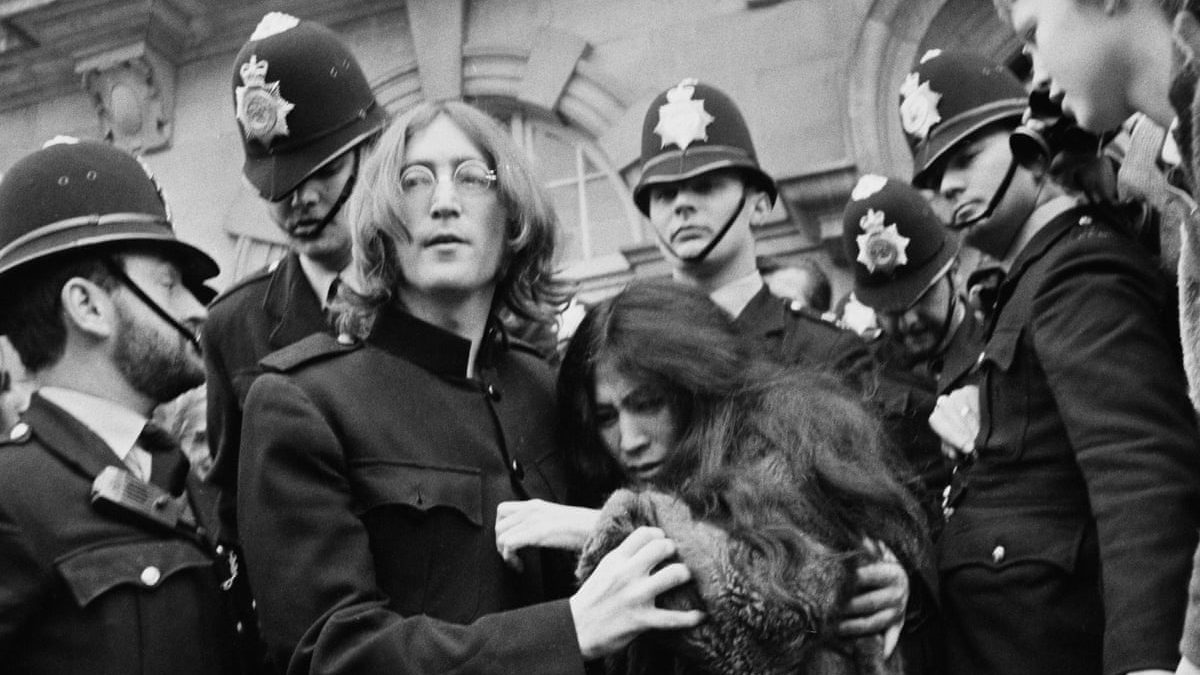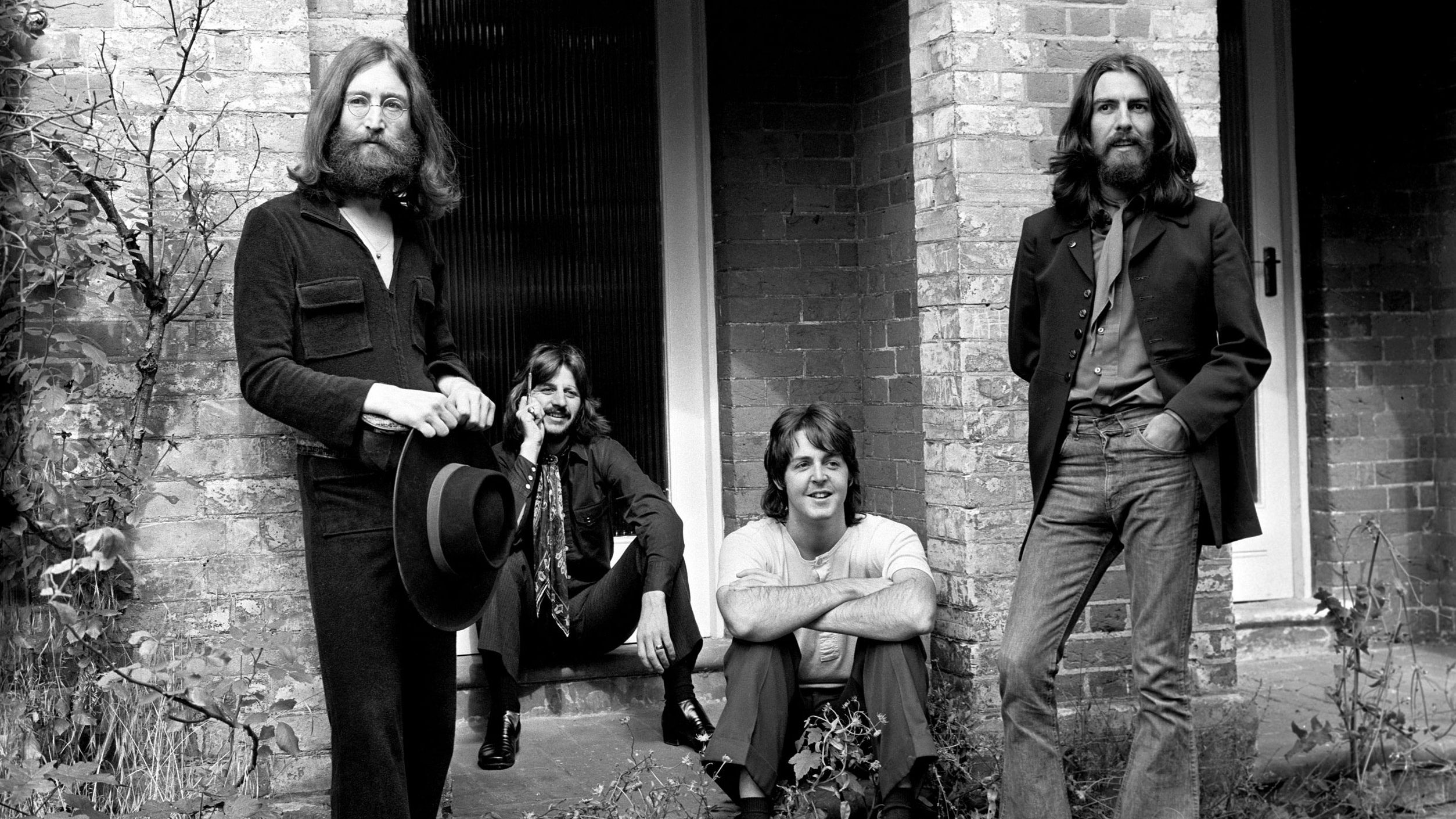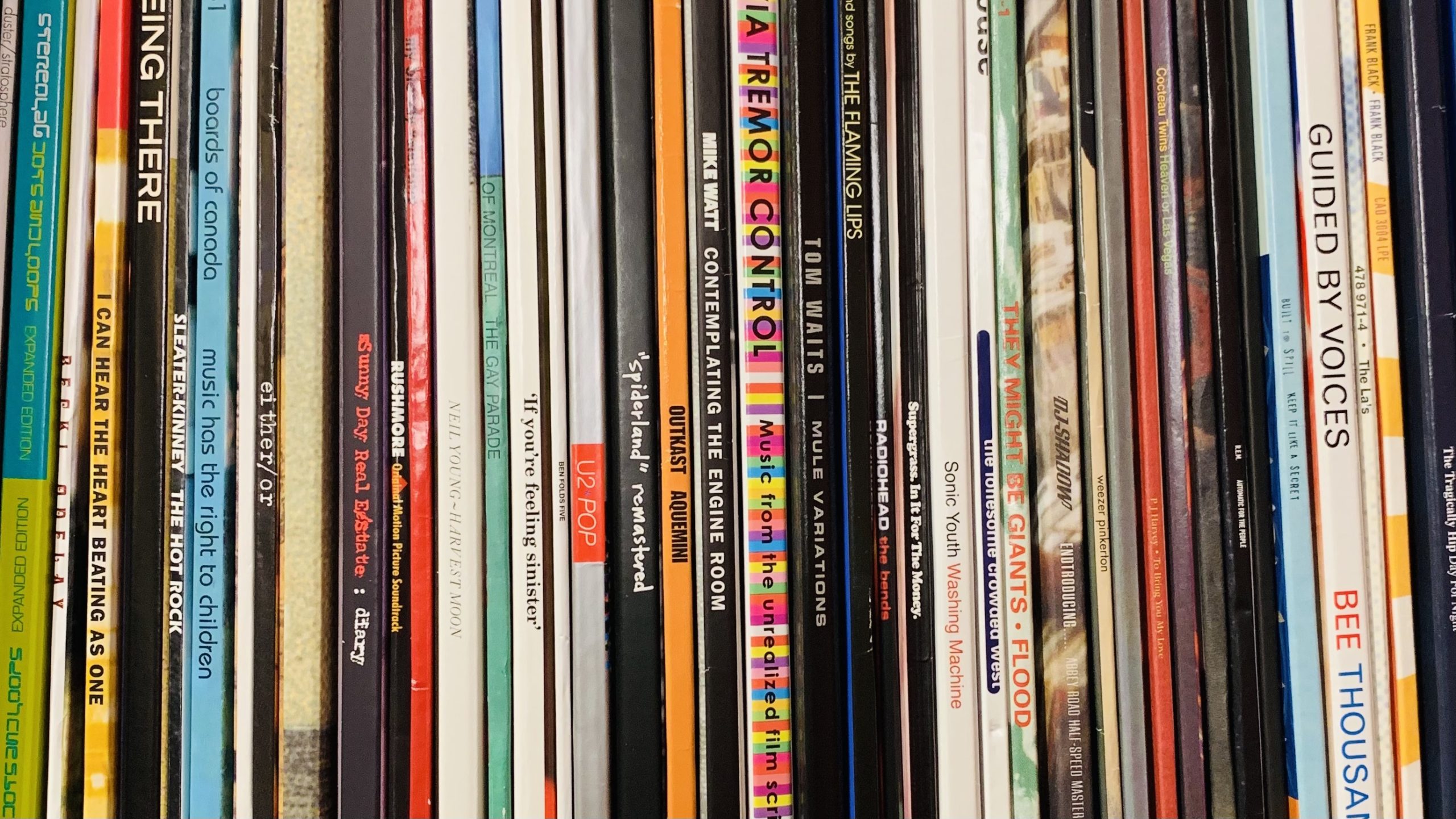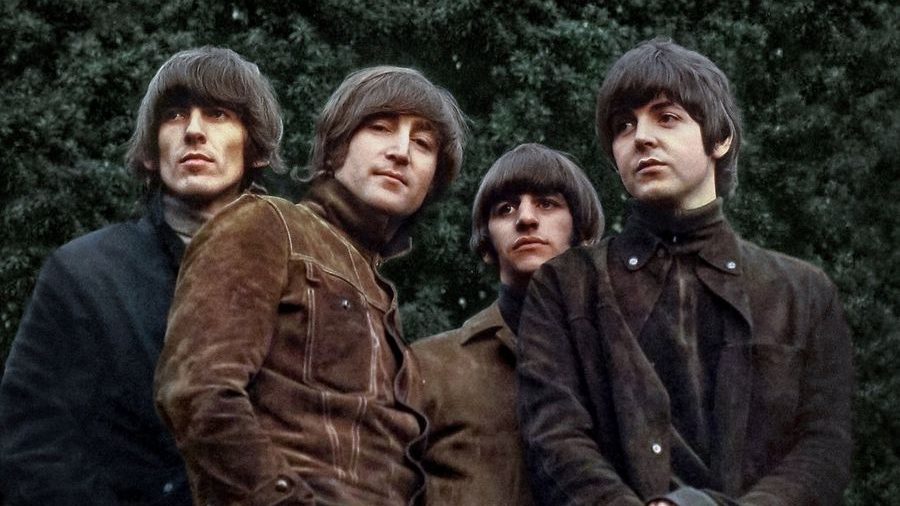
The centerpiece to Strange Currencies’ month-long celebration of The Beatles is this feature – our first collaborative staff list. As someone who has spent a lot of time making list-form projects, I know the work, strategy, and second-guessing that goes into such an endeavor. While the nature of a group list helps to divide some of the work load, the incorporation of multiple perspectives brings about its own set of challenges. Though I may bemoan my colleagues for the exclusion of some of my personal favorites – such as “Baby’s In Black,” “I Will,” “There’s a Place,” and “I’ll Be Back” – I think they absolve themselves with their thoughtful selections and commentary.
Our methodology was simple: each contributor had 100 picks; the top pick received 100 points, the 100th received 1. In the official canon of 213 songs – excluding alternate versions, German-language re-recordings, and George Martin’s instrumental tracks from Yellow Submarine, but including the “reunion” singles from the Anthology project – 161 songs earned at least one point between our seven participants. As the editor-in-chief of Strange Currencies, I reserved the right to break ties; though the final rankings vary (often greatly) from how I ordered them in the A Century of Song project.
The collaborators for this project range in age from the late-teens to early-forties; our individual level of enthusiasm for The Beatles ranges from “pretty serious fan” to “certified obsessive”; five of us are musicians, while two are merely music lovers. Here are our picks:
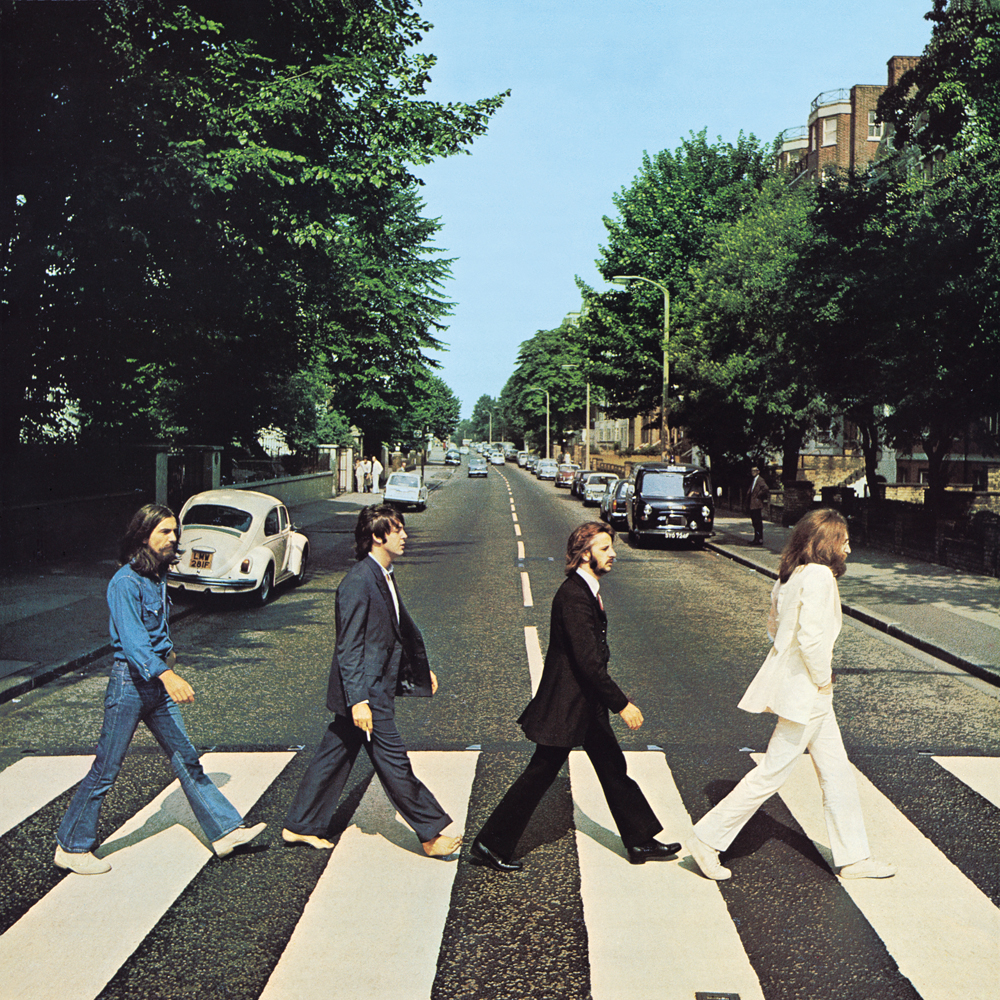
75. “Come Together”
from Abbey Road (1969)
183 points
When Timothy Leary ran for Governor of California in 1969 against Ronald Reagan, he had a slogan, but needed a song to go with it. John Lennon cranked out this ditty on an acoustic guitar with nonsensical lyrics based on the slogan “Come Together.” When Leary got busted for marijuana possession, the campaign died. Fortunately for us, the song lived on as the opening track to the Abbey Road album, with a funky bass line added by Paul McCartney. If only the bass line could have trickled down to help Leary’s campaign… — GK
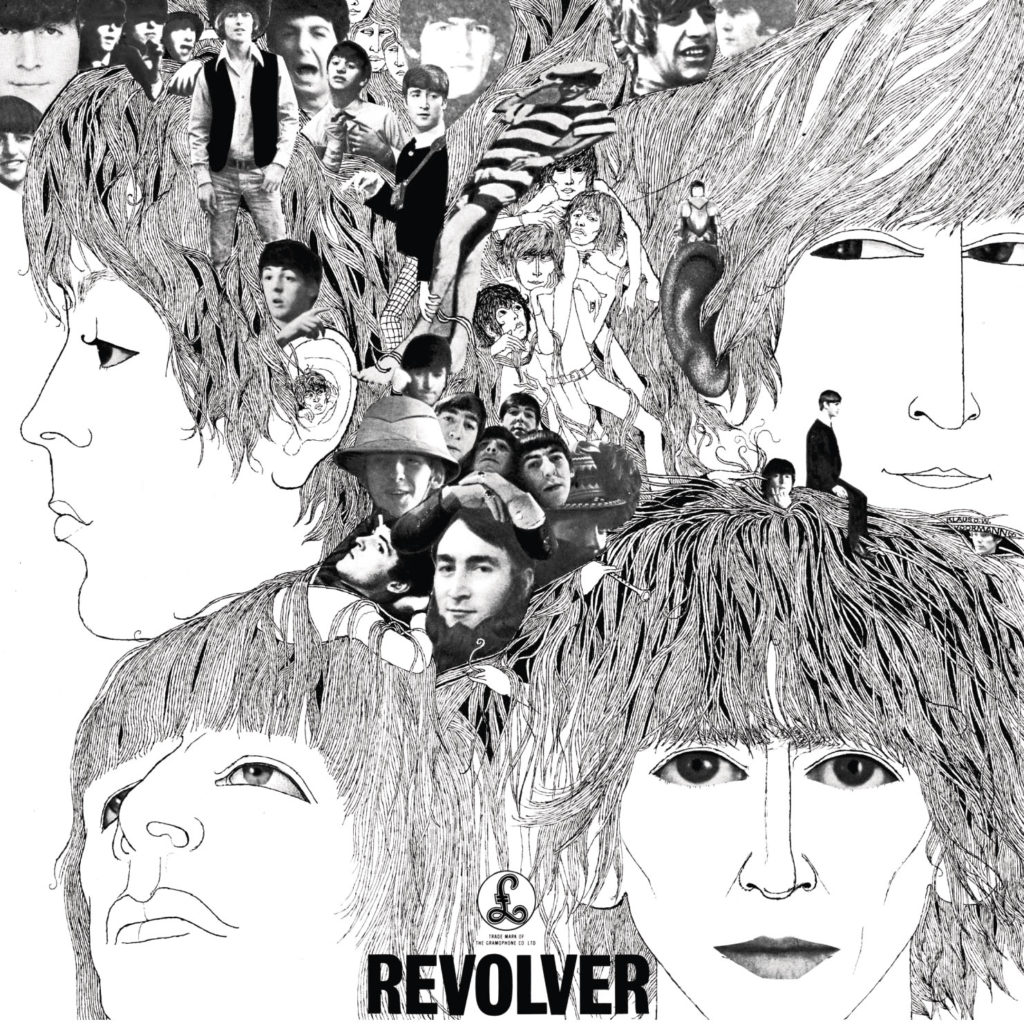
74. “Good Day Sunshine”
from Revolver (1966)
184 points
Rumor is that “Good Day Sunshine” may have been inspired in part by both “Daydream” by The Lovin’ Spoonful and “Sunny Afternoon” by The Kinks. The Beatles manage to bridge the gap between the pop of The Kinks, and the lazy stroll of the Spoonful to make a more optimistic version of a sunny afternoon. The end result is a complex song made to sound easy – one that provides a good hook for entry into Revolver. — GB

73. “I Want You (She’s So Heavy)”
from Abbey Road (1969)
194 points
Sonically the heaviest song The Beatles ever recorded, the repeating overdubbed guitars and swelling Moog synthesizer meld together to create a track that author Ian MacDonald refers to as “nightmarishly tormented.” One of the two Beatles songs simultaneously about his love of Yoko Ono and his struggles with addiction, the almost eight-minute-long “I Want You” serves as a haunting final send off of John Lennon, the Beatle. — RG
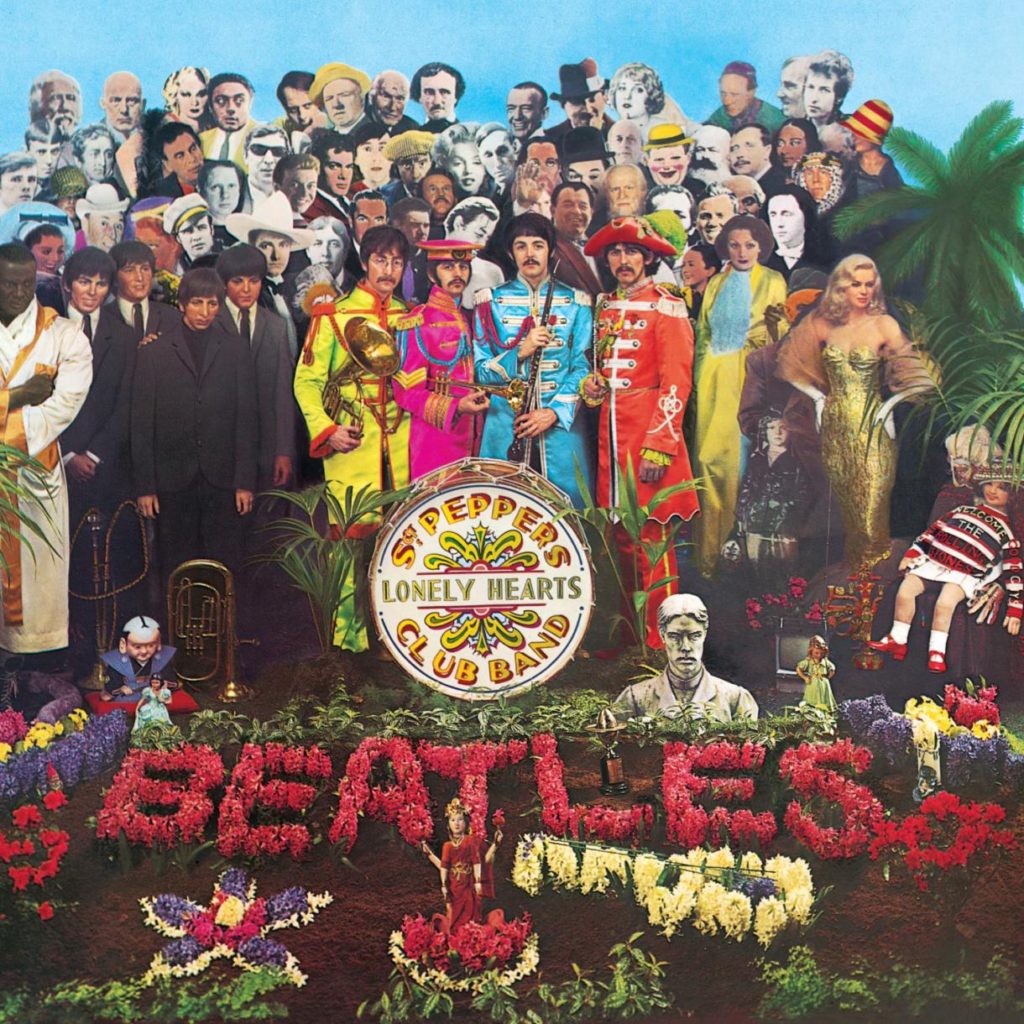
72. “Sgt. Pepper’s Lonely Hearts Club Band”
from Sgt. Pepper’s Lonely Hearts Club Band (1967)
196 points
Though it’s little more than the sound of an assembling crowd, the title track to Sgt. Pepper’s Lonely Hearts Club Band provides perhaps the most iconic opening to any album in the history of pop music. From there, “Sgt. Pepper” is a ripping rock song – one that sets up a listening experience that, whether heard in 1967, 2021, or any point in between, remains truly singular. — MR
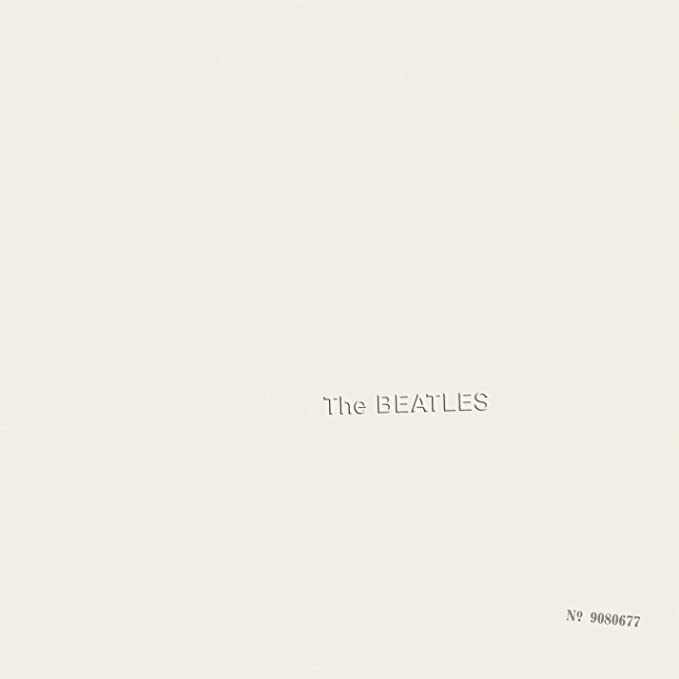
71. “Sexy Sadie”
from The Beatles (1968)
200 points
While John’s original plan to fashion this “White Album” track as a tell-off of Maharishi Mahesh Yogi was ultimately abandoned, “Sexy Sadie” retained plenty of bite in its finalized form. In addition to crafting the hook that Radiohead would cop for the chorus of 1997’s “Karma Police,” the track also found The Beatles anticipating the arrival of glam, particularly in its alluring backing vocals. One can be relatively certain that David Bowie, Marc Bolan, and plenty of others were taking notes. — MR
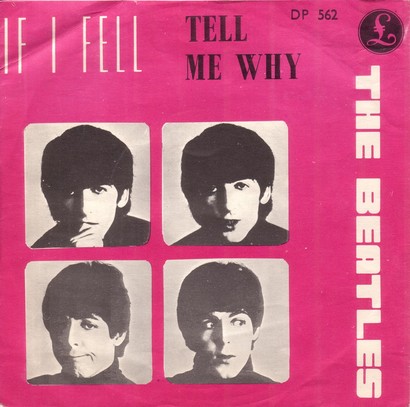
70. “I Feel Fine”
single A-side (1964)
200 points
Need proof that The Beatles were absolutely peerless? The very fact that this nearly-perfect confection – complete with the first intentional use of feedback in a pop single – ranks in the bottom-third of this list should be all the evidence that you need. The ear-worm guitar riff, Ringo’s rhumba-inspired drum beat, and the thick group harmonies all make for what would’ve been the highlight of a lesser band’s career. For The Beatles, it was just another afternoon of work. — MR
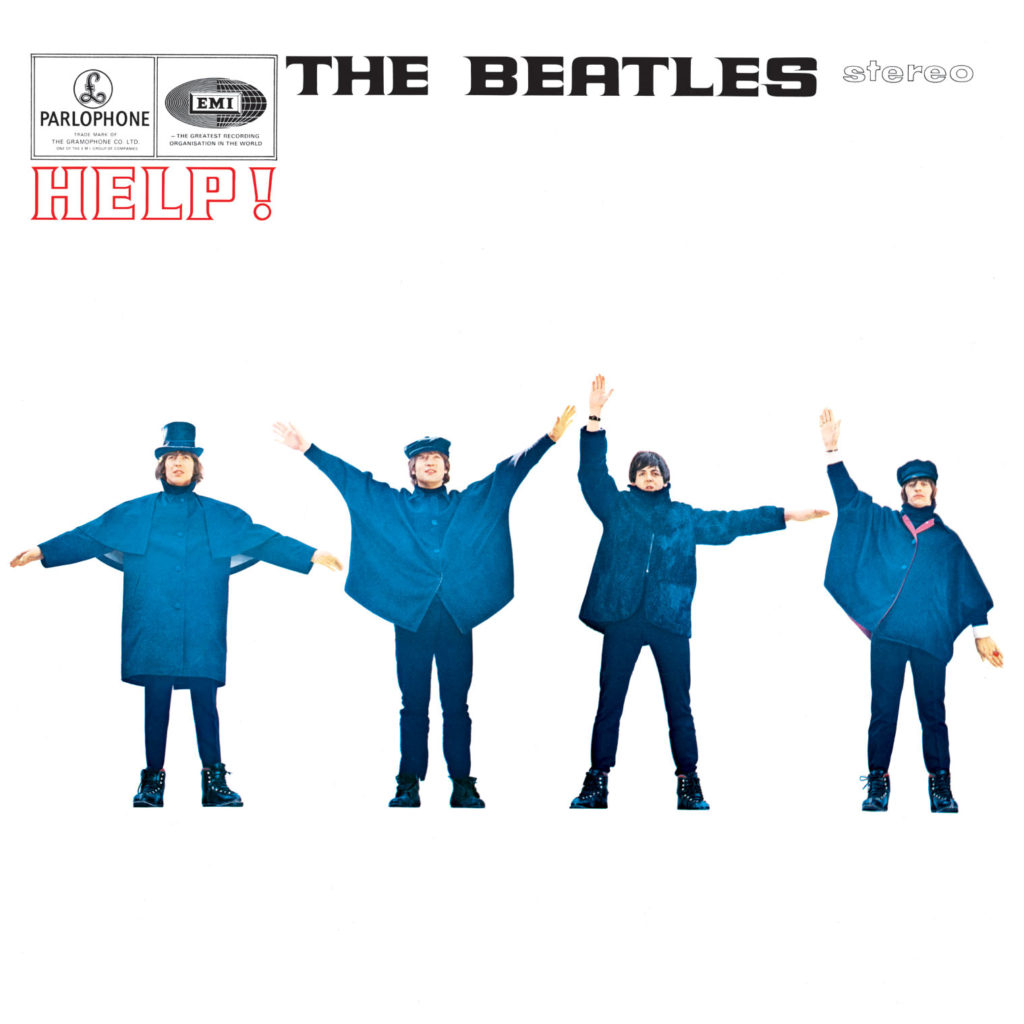
69. “I’ve Just Seen a Face”
from Help! (1965)
204 points
The first time I fell deeply in love with someone, this was the song that came into my head. Years later, that same person left us unexpectedly. After the wake, this was the first song to come on the radio. It is a moment that reached me to my core and gave me hope that the things we love and lose in this world never truly leave – that there will always be a connection between the soundtrack of your life and whatever force is pulling the strings. Paul perfectly captures the heart- and head-rush of love at first sight that never seems to get old or fade in the light of harder relationship moments and endings; such as those of the next song on Help!, “Yesterday.” — GB
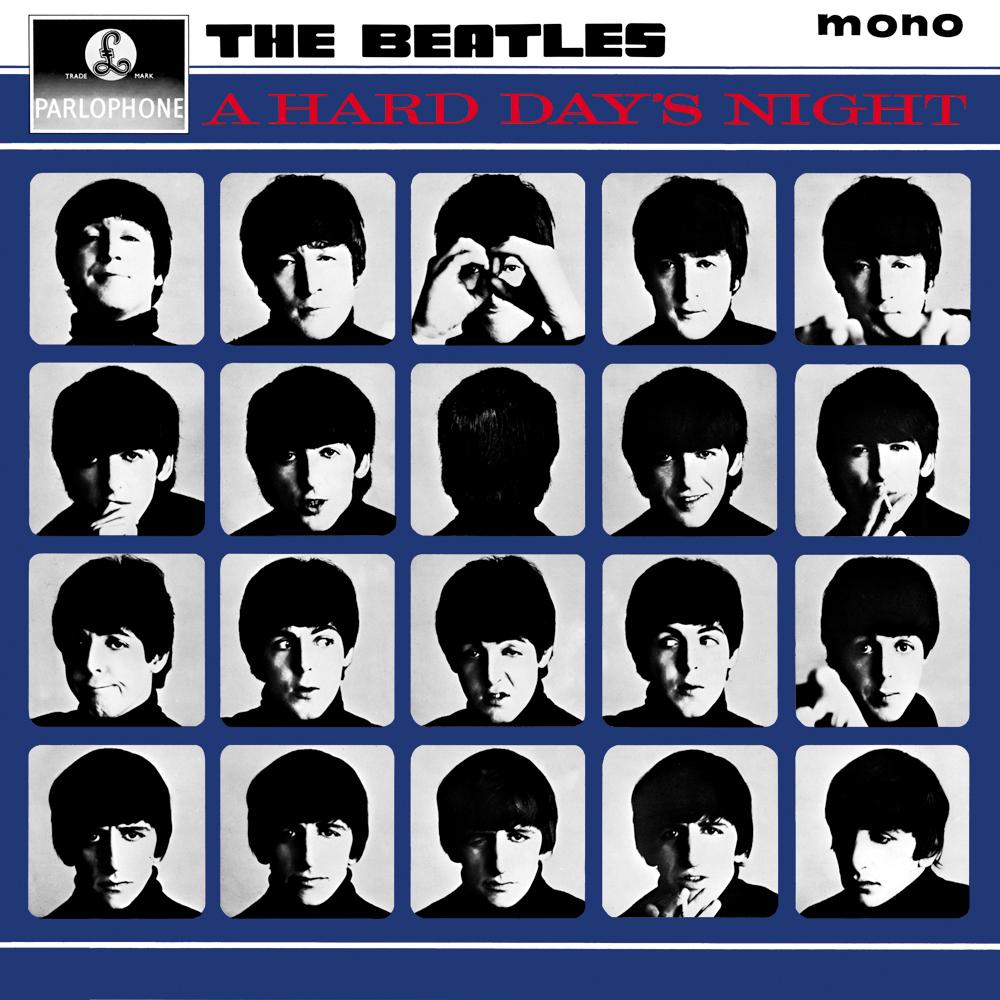
68. “Things We Said Today”
from A Hard Day’s Night (1964)
205 points
Not only was this song not a single, but it didn’t even make it onto the film whose soundtrack it appears on, and for which it was explicitly written. How freaking good do the other songs have to be to exclude “Things We Said Today”? Only the album and the film can answer for that, but this song is one of Paul’s best up to that point. It’s an early example of the minor/major modulation technique that The Beatles utilized so often after this. That change – along with the tempo change in the bridges – show why no one could, or can, write a bridge like Paul McCartney. Even though it wasn’t a single, the group featured it as a staple of their 1964 tour of the U.S.; though they had more than enough chart-topping hits to play during their brisk 25-30 minute live sets. The fact that they chose “Things We Said Today” shows what a great song it was, and how much they must have enjoyed playing it. A Hard Day’s Night contained a legion of giant steps for the lads, and clearly, they recognized that “Things We Said Today” was one of the biggest. — MM

67. “I Should Have Known Better”
from A Hard Day’s Night (1964)
211 points
Immortalized in the charming “train sequence” from their 1964 film A Hard Day’s Night, “I Should Have Known Better” is a classic example of early Beatle song craft. The exuberance of John Lennon’s vocal is undeniable – particularly in the song’s bridge – and his harmonica work helps to make the track a standout from the group’s first album of all-original material. — MR

66. “Lovely Rita”
from Sgt. Pepper’s Lonely Hearts Club Band (1967)
214 points
One of the most thematically “grounded” songs on Sgt. Pepper, “Lovely Rita” is nevertheless another triumph. Paul may have been drifting toward what John would later derisively label as “boring people doing boring things,” but when the melodies were so effortlessly appealing, what was the harm? By the way, no one else ever seems to hear it, but isn’t that a Mellotron underpinning the piano solo? — MR

65. “Got to Get You Into My Life”
from Revolver (1966)
220 points
Can the Beatles do Motown? Yes. Yes they can. In an alternate dimension, Paul McCartney was born not in Liverpool, but in Lansing, Michigan. This track gives you a peek into that world, where the boys try their hand as an R&B act backed by a rollicking horn section. What’s not to love? — GK
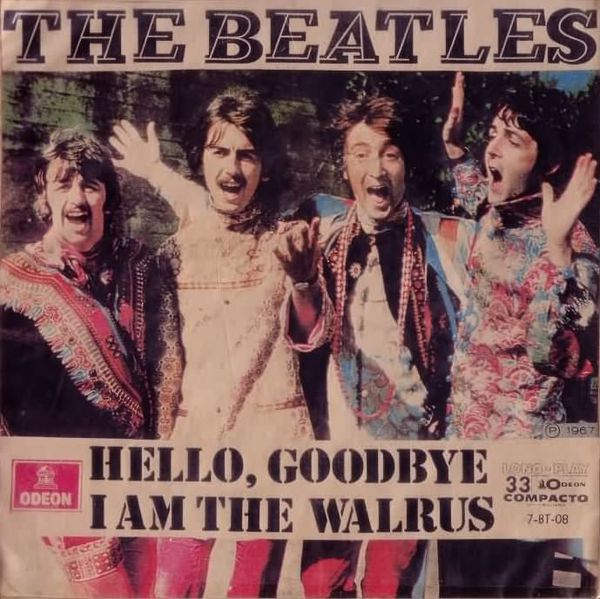
64. “Hello, Goodbye”
single A-side (1967)
220 points
For a lot of bands, “Hello Goodbye” would be a career high point. For The Beatles, the chief knock against “Hello Goodbye” is that it’s one of their lightweight chart-toppers. It gets criticized as blandly catchy and insipid – proving that it’s easier to tear down than to build up. Had Paul not been in The Beatles, he would have been an heir to Cole Porter. The ‘opposites’ wordplay and melodic hooks work, lightweight or not. The charts don’t lie. — GB

63. “Because”
from Abbey Road (1969)
239 points
Group harmonies were always The Beatles’ not-so-secret weapon, and the stunning vocals on this Abbey Road highlight are arguably the best that the band ever recorded; check out the a cappella version that opens the 2006 Love soundtrack for an even more revealing look. It’s not lost on this listener that – as the final recording that they ever made together – The Beatles managed to impress in this regard, right up until the end of their time as a band. — MR
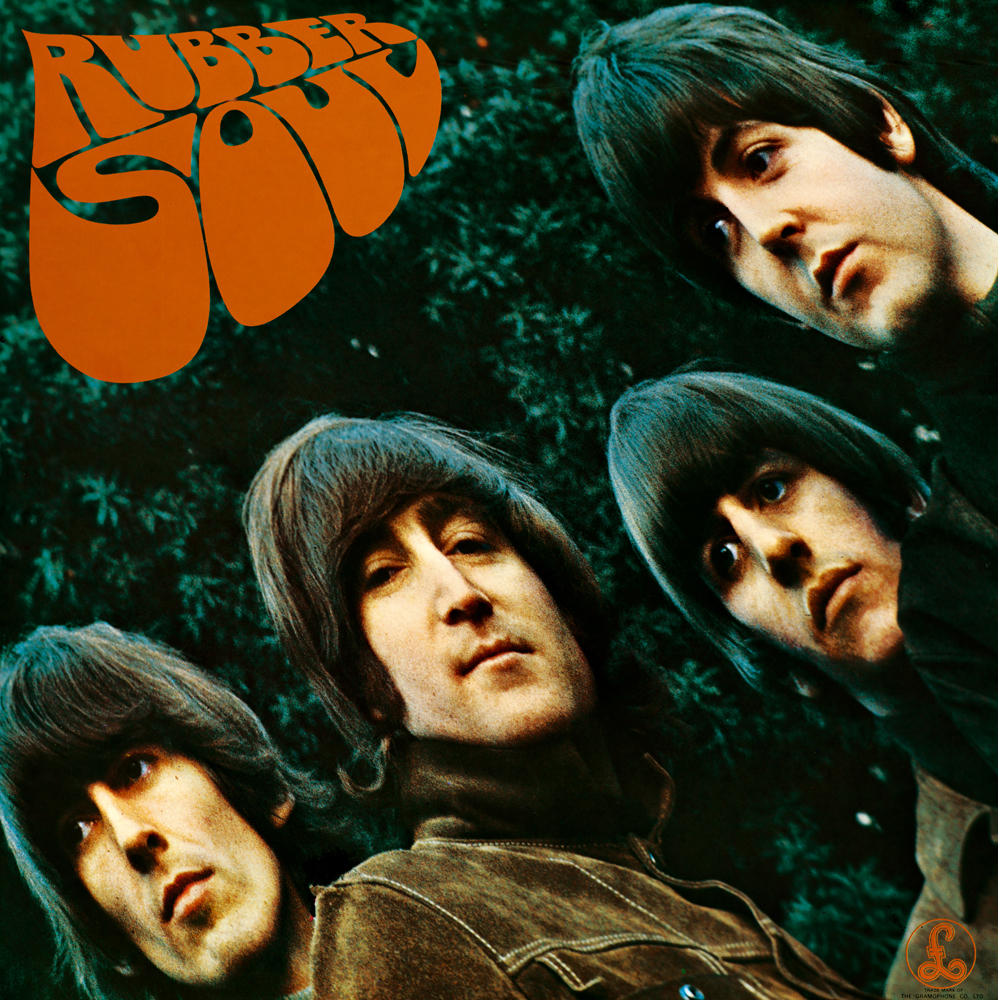
62. “If I Needed Someone”
from Rubber Soul (1965)
251 points
George Harrison sounds like no one else, and stands among a small handful of musicians that you can distinguish from single chords alone. Here he creates a shiny, jangly backbone to a solid songwriting effort. Like his other contributions to this list, George does his best work on love songs that seem more mature that those from Lennon or McCartney. George’s earlier efforts tend to view love as a more discrete quantity – one that can be turned on or off, returned when needed, but not necessary as evoked in the title lyrics. Interestingly, his view shifts later in life as he matures with age. The early sentiments of independence on “If I Needed Someone” eventually give way to appreciation in later career tracks such as “So Sad,” where age and heartbreak perhaps lead to the realization that life is best when shared. — GB

61. “Fixing a Hole”
from Sgt. Pepper’s Lonely Hearts Club Band (1967)
260 points
Famously influenced by The Beach Boys’ Pet Sounds, this track interestingly shares more in common with the modern-day psychedelic sounds of Animal Collective or Deerhunter than it ever did with its contemporaries. Keeping up with some of his songwriting partner’s influences, some of Paul’s cleverest lyrics remind us of times when our minds wander too far away. — RG

60. “Drive My Car”
from Rubber Soul (1965)
261 points
A staple of many modern-day Beatles playlists, the opening track from Rubber Soul sets the tone for the more “adult” songwriting that would be present in the rest of the tracks on the LP. All the while, the boisterous bass line and the bombastic drum fills foreshadow what The Beatles would sound like at their best. — RG

59. “If I Fell”
from A Hard Day’s Night (1964)
262 points
A Hard Day’s Night is chock full of great ballads, and “If I Fell” is no exception. Like “She Loves You,” “If I Fell” takes an interesting perspective that deviates from the mainstream pop standards of the time – one that can be interpreted in several different ways, giving the listener more reason to come back to the song. The intention of “If I Fell” was that the singer was reluctant in starting a relationship with the love interest because of the pain they still feel from their last relationship. Interestingly, the song can also take the point of view of the love interest being concerned about starting a new relationship, worrying that their partner won’t be as committed because they still love her. The song holds more interpretations with the “when she learns we are two” line. Either the singer has broken up with their partner and she will be sad to see them together, or that the singer is cheating on them with her. The ability of the song to take a myriad of perspectives adds to the relate-ability of the song, and the evolving genius of the Lennon and McCartney songwriting powerhouse. — KC
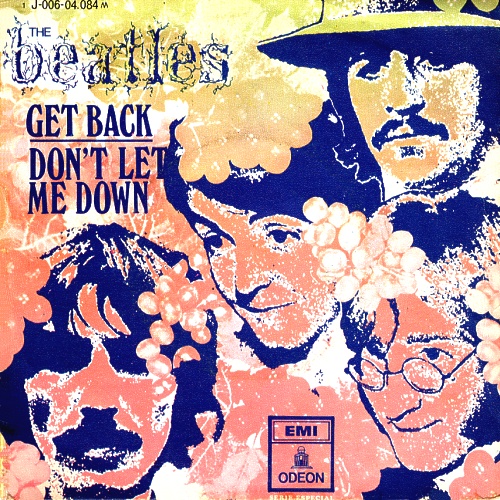
58. “Get Back”
single A-side (1969)
266 points
In the throes of tumultuous Beatledom, the boys embark on project that would attempt to help them “Get Back to Basics.” While some may suggest the lyrics are Paul’s passive aggressive attempt to get Yoko to back off, they set a tone for the era. They stripped away the orchestration and studio tricks George Martin and the previous era of projects produced, and sought to create a collection of songs meant to be performed by a live rock and roll band. As tensions mount in studio, George Harrison ultimately walks out of the rehearsals only to return two days later with Billy Preston – a young keyboard player who would give a shot of inspiration to the group. Preston’s contributions to this track are essential – in more ways than one. His gloriously improvised solo at the midpoint of the song shows why he deserves to be considered the “Fifth Beatle,” and without his presence in the studio forcing the egos in check, the project may never have finished. None of this to mention the fantastic live rooftop performance where we get a reminder that these kings of the studio could also rock live. — GK

57. “Julia”
from The Beatles (1968)
273 points
While featuring only John playing guitar and singing, the minimalist backing track carries one of the most lyrically-complex songs written for the “White Album.” Written as a conversation with his late mother, John equates the love he has for Yoko to the love he lost when Julia Lennon died in 1958. Serving as one of the key examples of Lennon’s troubled relationships with the women in his life, this track acts as a crucial point of knowledge for any Beatles fan. — RG

56. “Getting Better”
from Sgt. Pepper’s Lonely Hearts Club Band (1967)
283 points
Every rock critic has said all that needs to be said about “Getting Better” – specifically the bridge. The song is about what it means to grow, even when one’s actions are contradictory. John’s contribution to the verse is difficult to take at face value from a serial abuser – even coming across as trite – but nevertheless, he acknowledges at some level the hurt he has caused. The song is hard to classify as being “mature” – coming from notorious womanizers – but it captures what it means to grow from our humanity. — KC
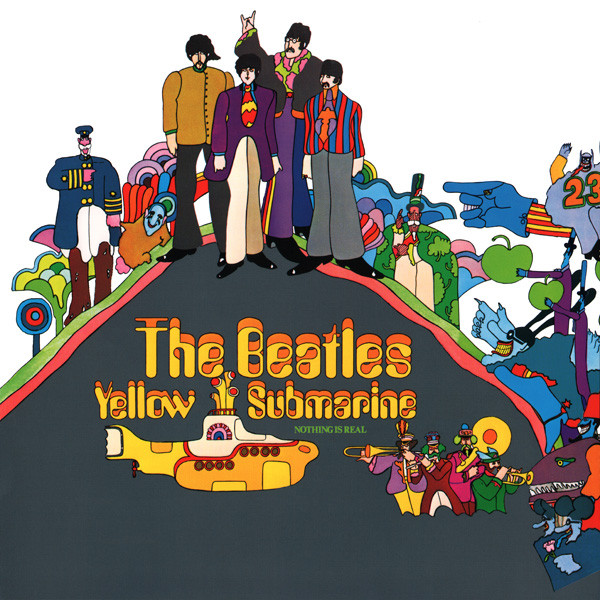
55. “Hey Bulldog”
from Yellow Submarine (1969)
296 points
In the grand scheme of the universe, it’s a miracle that this song even happened. The boys were booked to film a promotional film for “Lady Madonna” at the studio, and rather than lip-syncing and pretending to record that finished song, on a whim they decided to make a new one. Voila, “Hey Bullfrog”; except…in another cosmic improbability, Paul barked during the outro and “bullfrog” became “bulldog.” The fact that it was so effortless for them – and yet that the song is just so good – says more about their transcendent abilities than any written page can. And they look like they’re having so much fun recording it. Lennon called it a throwaway, but this “throwaway” could have made any lesser band’s career. Suck on this, Electric Light Orchestra. — MM

54. “Taxman”
from Revolver (1966)
302 points
Despite John’s Royal Albert Hall chiding that those in the box seats should “just rattle your jewelry,” The Beatles were rich: not ‘work hard and save’ rich, but ‘heir to Guinness fortune’ rich. That they can write such a catchy song, without irony, about such a “rich white guy problem” speaks to why they were rich in the first place. George steps forward with a signature effort, making a case that Revolver is the ‘George’ record, but that’s another debate for another time. — GB
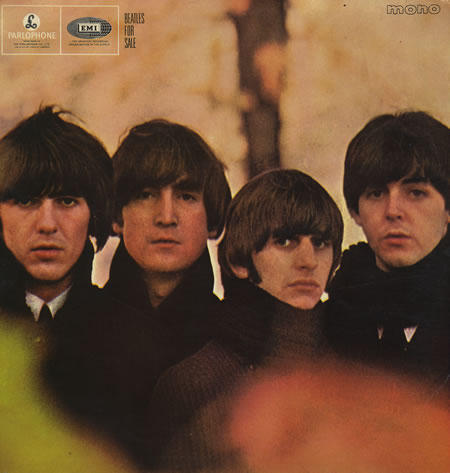
53. “No Reply”
from Beatles for Sale (1965)
302 points
The melancholy opening track to 1965’s “transitional” Beatles for Sale album, “No Reply” finds John Lennon’s songwriting and vocal work taking on a deeper sense of nuance and introspection. The highlight is the stirring middle section, in which Paul McCartney’s backing harmonies match the desperation and intensity of the song’s lyrics. It may be the most thrilling thirty seconds in the band’s catalog. — MR

52. “And Your Bird Can Sing”
from Revolver (1966)
304 points
Perhaps we discount the influence of The Byrds? There is so much focus on their covers – and the impact that Bob Dylan had on them – but just listen to that double guitar harmony. The Beatles take inspiration from Laurel Canyon here, and in quite a few other places on Revolver and Rubber Soul. Great art doesn’t exist in a vacuum, and the crossovers can be beautiful. — GB

51. “Michelle”
from Rubber Soul (1965)
308 points
Not every band can turn a silly party trick into an evocative love song. The origins of “Michelle” date back to the beginning of the sixties, when Paul wrote a song to convince girls that he was in fact French. Later, during the Rubber Soul sessions in late-1965, Lennon pushed McCartney to turn it into a real song. McCartney’s chosen chord progressions are evocative, feeding off of the unique timbre created by his capo placement. Lyrically, the song is simple, as McCartney doesn’t have the words to tell her that he loves her, which further plays into the track’s stark arrangement. “Michelle” became the foil to John’s “Girl,” providing the perfect closure to Rubber Soul’s A-side. — KC


